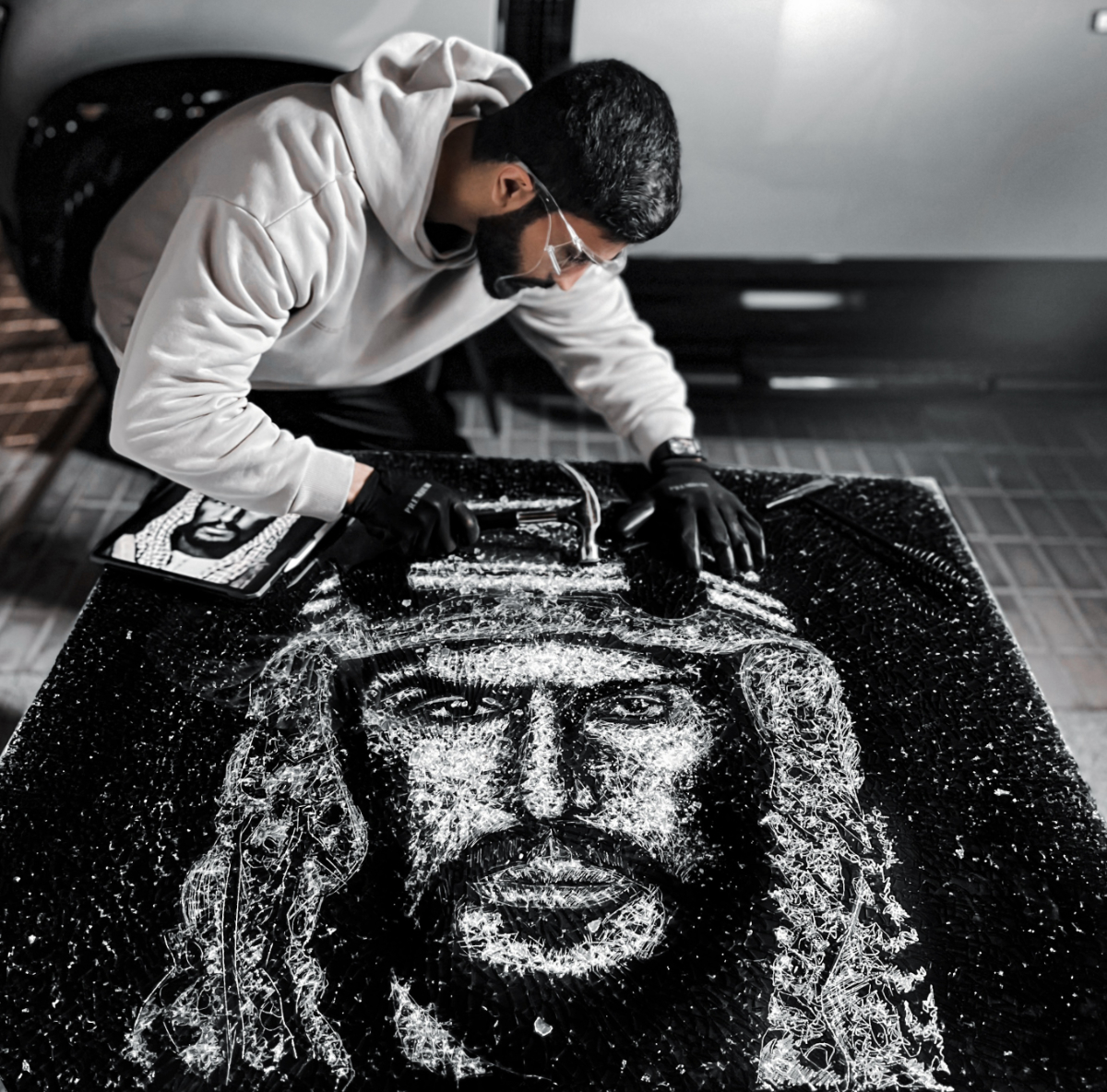RIYADH: Thomas Lid Ball, Norway’s ambassador to the Kingdom, hosted his last national day reception as his country’s representative in Saudi Arabia before taking up his new role later this year.
“This will be the last national day celebration here at the compound for my wife Camilla and me. At the end of August, I will take up the position as Norway’s representative to the Palestinian Authorities,” Ball said in his opening remarks.
“We will remain forever grateful for the invaluable support from the fantastic team here at the embassy over the past years,” he said.
Norway’s national day is celebrated annually on May 17 and pays tribute to the constitution of 1814 and honors the royal family.
Attending the national day reception as the guest of honor was Prince Mohammed bin Abdulrahman bin Abdulaziz, the deputy governor of the Riyadh region.
In his opening address at the reception, Ball discussed a range of topics, including his time in the Kingdom as ambassador, Saudi-Norwegian private sector cooperation, and the humanitarian crisis in Gaza.
“The Saudi-Norwegian private sector partnerships contribute to the implementation of Vision 2030 in the Kingdom – to value creation, sustainability and corporate social responsibility,” Ball said. “They are an essential part of the solid bilateral relations between Saudi Arabia and Norway, officially established more than 60 years ago.
“Our relations have further developed over the past year, through bilateral dialogues on a range of issues and various visits and events, including two Saudi ministerial visits to Oslo, and vice versa, two Norwegian ministerial visits to Riyadh,” he said.
During his speech, the ambassador stressed the need for an “immediate ceasefire, for hostages to be released, for safe and unhindered humanitarian access to alleviate the unprecedented suffering of civilians in Gaza and for an end to the escalating violence elsewhere in the occupied Palestinian territories.”
Still addressing that conflict, he said: “According to local health authorities, at least 35,173 Palestinians have been killed in Gaza since October 7. Many of those who have lost their lives are women and children. On the West Bank, 479 Palestinians have been killed, including 116 children.
“The conflict must be moved into a political track aiming for a political solution – a two-state solution that fulfills the right of the Palestinian people, ensures security for Israel, and paves the way for enhanced security in the wider region,” Ball said.
The theme of the national day reception hosted in the ambassador’s residence was water.
“As you may have noticed, we’ve chosen water as the theme for this year’s event. Because ‘water is life’; necessary for the survival of all living organisms on the planet, and because the management of our water resources is of such importance, both for the Kingdom of Norway and the Kingdom of Saudi Arabia,” the ambassador said.
Concluding his speech the ambassador said: “I would like to take the opportunity to also thank our Saudi friends and host country, our honorary consul in Jeddah, Abdullah bin Mahfouz, our friends in Bahrain, Oman and Yemen, our fellow citizens in the four countries, and not least our dear colleagues here in the diplomatic community.”
The celebration featured an open dinner buffet highlighting traditional dishes from Norway. The reception also featured a photograph area where visitors could pose against a boat backdrop while wearing Viking headgear.
































